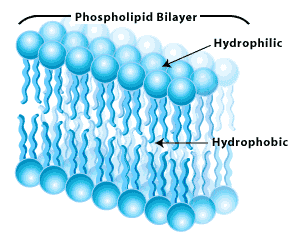Class: Arachnida
The Spider is part of this Phyla


They have eight legs and are easily recognized by the pair of grasping claws and the narrow, segmented tail, often carried in a characteristic forward curve over the back, ending with a venomous stinger. Scorpions range in size from 9 mm to 21 mm.
The Scorpion has radial symmmetry as all arthropods do.
The Scorpion also has 3 germ layers as all arthropods do; the germ layers consist of: ectoderm, endoderm and mesoderm.
Scorpions are found everywhere besides Antartica and the deadliest are found in Northern Africa and the Palestine area. Scorpions are nocturnal creatures.
Scorpion
Body Structure


Digestion: Scorpions use external digestion, that is they spit or secrete digestive fluids onto the remains of their prey (which are held in the preoral cavity) and then suck up the resulting soup, using this method they are extremely efficient at digesting their prey
Circulatory system: is open as their body does not contain blood vessels
Respiration system: The respiratory system consists of four pairs of cuticular book-lungs or pulmonary sacs
Excretion: the prey is initially chewed and mixed with saliva which starts the digestive process. After the food is chewed and broken down into smaller pieces, it passes into the oral cavity which is lined with numerous hairs and enzymes producing cells. The hairs strain out any indigestible food.
Movement: scorpions are motile creatures
Reproduction: It generally takes about 6 years for a Scorpion to reach the age of maturity. They will go through various molting stages along the way. During that process their body is able to successfully grow. Only a small percentage of the Scorpion population actually live to the age of maturity.
The Spider is part of this Phyla
Ecological significance: Given the high densities of scorpions in some areas, their importance in ecological food webs, particularly with respect to helping control insect populations, is considerable. Many are sensitive to environmental degradation and are considered equilibrium species.
Defense mechanisms: scorpions usually prefer to kill their prey with their pincers rather tha having to use their sting very often. The reason for this is that producing venom is fairly expensive for the scorpion in terms of energy, and can take around a week to refill after it has all been used. Scorpions can also control how much venom is injected with each sting, and will usually regulate this dependent on the size or strength of the prey that they are attacking. They also have strong exoskeleton for protection
Scorpions are protosomes as they develop as any embryo and their first opening is the mouth
Interesting Facts & why I like them
-Scorpions have florescent materials on their shell. With ultraviolet light, they can glow in the dark.
- All Scorpions are venomous. Only about ¼ of them have a type of venom that is potent enough to make someone very ill or to kill them.
- There is only an anti venom for treatment with certain types of Scorpions.
- Deathstalker scorpion venom could improve gene therapy for brain cancer
-Female scorpions eat male scorpions after sex

























